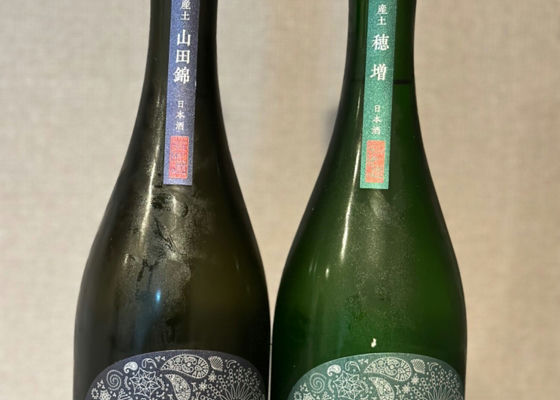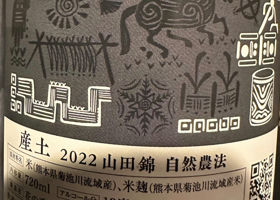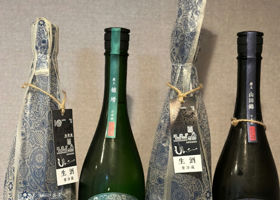


funazushio
San-do 2022/Yamada-Nishiki/Natural farming method (Sei Go Noujyo)
4.5
This is the last Sansho comparison for GW (2). Gonoho" and "Shikonoho" sold out in 1 minute on the net store.
Yamadanishiki from the Kikuchi River basin", "Nama-moto-zukuri", "Wooden vat brewing", "No fertilizer", "No agriculture".
The price is a little expensive because of the five additional regulations. The price is 3,180 yen including tax. The price is almost 5,000 yen including shipping.
The mouthfeel is refreshingly reminiscent of apples, lafrance, and other fruits. Moderate effervescence. Bitter, complex taste of wooden vats felt as a lingering aftertaste.
Delicious, but expectations were too high. Too much emphasis on balance and lacks punch. The level of other local brands is too high.
In particular, I have recently enjoyed too much ogara-mi-nama-sake, so I felt a lack of fizz and acidity.
Personally, I think it is superior to "San" Nojo, which is also made in wooden vats. For the layman, I couldn't feel the "no fertilizer" and "no pesticides" and the price and premium.
However, it remains a sake of the highest level. The sake brewery's intention to differentiate itself from other brands by using natural farming methods in the future was very clear. We will keep an eye on the regulations of "wooden vats," "farming methods," and "sake rice. We will also win in the battle for production land!
Japanese>English